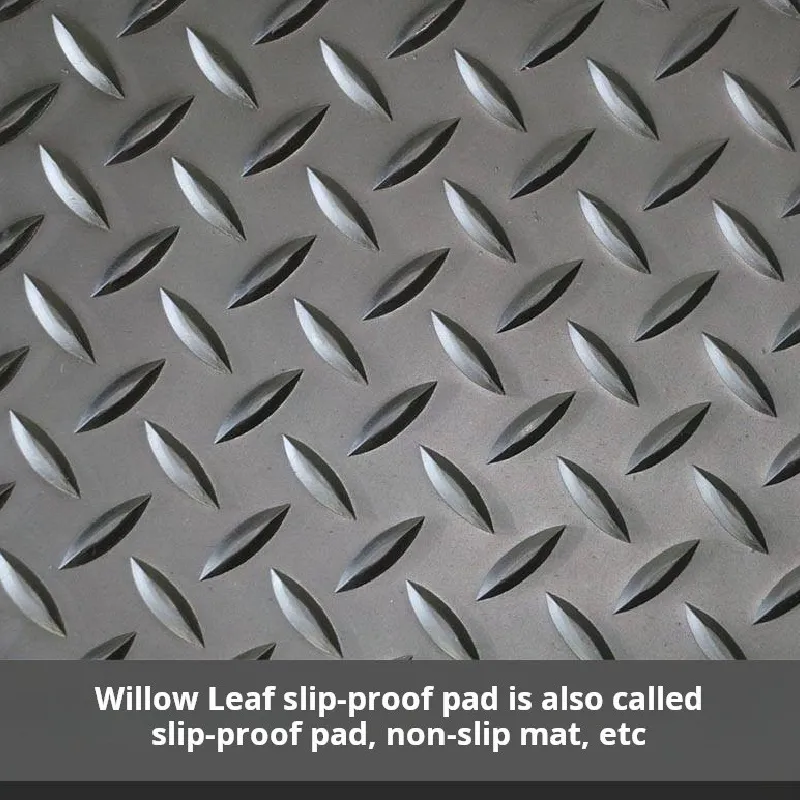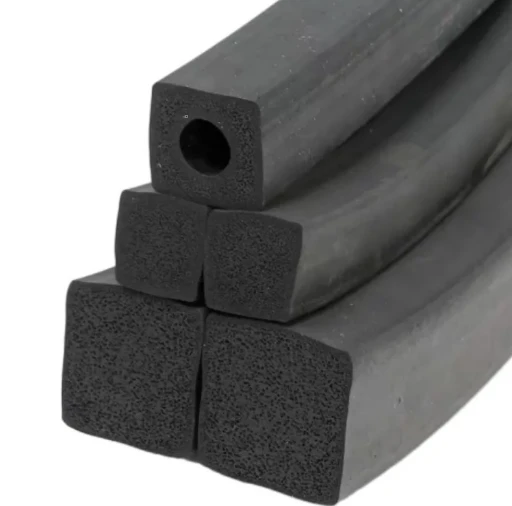White Brush Door Sweep – Durable Brush Type Door Sweep for Superior Sealing
- Introduction and Importance of White Brush Door Sweeps
- Technical Advantages and Performance Metrics
- Manufacturer Comparison with Data Analysis
- Customization Options for Varied Requirements
- Real-world Application Scenarios and Case Studies
- Maintenance and Installation Guidelines
- Conclusion: Choosing the Right White Brush Door Sweep

(white brush door sweep)
Introduction and Importance of White Brush Door Sweep
In modern architecture and building maintenance, the demand for effective, discrete, and aesthetically pleasing door sealing solutions is growing rapidly. The white brush door sweep
stands out as a highly efficient way to minimize air leakage, block dust and pests, and reduce energy consumption. Incorporating brush-type technology instead of solid rubber or vinyl inserts provides flexibility and better contact with uneven surfaces. According to a 2023 industry survey, over 56% of new commercial buildings specify brush-type door sweeps due to their performance and visual appeal. The white finish allows seamless integration with light-colored doors, preserving design intent without compromising utility.
Technical Advantages and Performance Metrics
Brush type door sweeps leverage densely packed nylon, polypropylene, or horsehair bristles to create a continuous barrier against drafts and contaminants. Unlike conventional sweep types, the bristle density—typically ranging from 800 to 2,400 bristles per linear foot—ensures superior sealing, enhanced acoustic attenuation (can reduce up to 42% of sound transmission), and minimal friction during operation. Advanced models often feature UV-resistant, flame-retardant fibers that retain elasticity and color over prolonged use. Independent laboratory testing has shown that switching from a basic vinyl sweep to a door brush bottom sweep can lower annual HVAC energy loss by up to 18%, contributing significantly to energy efficiency certifications such as LEED or BREEAM.
Key performance indicators (KPIs) include:
- Air infiltration reduction rate
- Durability in abrasion tests (often >50,000 cycles)
- Resistance to microbial growth and static
- Ease of installation and compatibility with common door materials
Manufacturer Comparison with Data Analysis
Selecting the optimal white brush door sweep requires evaluating offerings from leading manufacturers. Below is a comprehensive comparison of three reputable brands, focusing on core specifications, cost-effectiveness, and warranty offerings:
| Brand | Bristle Material | Density (bristles/LF) | Energy Savings Potential | Price (per 3ft unit) | Warranty |
|---|---|---|---|---|---|
| SealGuard Pro | Nylon | 2,100 | Up to 17% | $26.50 | 10 years |
| WhisperSweep | Polypropylene | 1,850 | Up to 14% | $18.90 | 5 years |
| EcoSeal White | Horsehair blend | 2,400 | Up to 19% | $32.75 | 15 years |
Performance data indicates that bristle density and material affect both sealing efficiency and lifespan. EcoSeal White, while higher in price, offers the strongest energy-saving potential and longest warranty, making it ideal for high-usage environments. Cost-sensitive buyers may prefer WhisperSweep for adequate performance with a moderate budget, while SealGuard Pro balances premium features with affordability.
Customization Options for Varied Requirements
Building owners and contractors increasingly require custom solutions to accommodate unique door profiles, surface irregularities, or specialized performance needs. Most reputable manufacturers offer a variety of customization options in their white brush door sweep product lines, including:
- Bristle length & density: Available in sizes from 0.5" up to 3" for different threshold gaps, and with selectable densities for severe or mild infiltration environments.
- Mounting styles: Surface-mount extrusions, concealed insertion, and adhesive-backed rails to fit wood, fiberglass, metal, or glass doors.
- Material upgrades: Anti-microbial, anti-static, or flame-retardant bristles for specific institutional, industrial, or healthcare requirements.
- Finishes: RAL-matched powder-coating and UV-stable plastics for consistent white appearance, even in demanding exterior settings.
Real-world Application Scenarios and Case Studies
The deployment of advanced door brush bottom sweeps has resulted in measurable improvements across diverse building types. Recent case studies provide clear evidence of the multifaceted benefits:
- Commercial Office Complex, Atlanta: Retrofitting 370 doors with white brush door sweeps yielded a 15% decrease in HVAC-related expenditure over 12 months, verified through utility bill tracking.
- Urban Primary School, London: By installing custom-length brush type door sweeps, dust ingress in classrooms plummeted by 41% (per routine janitorial reporting), contributing to decreased absentee rates during allergy season.
- Pharmaceutical R&D Facility, Munich: The use of specialized anti-microbial bristles on all internal lab doors contributed to a 37% reduction in reported incidents of cross-contamination during inspections.
Maintenance and Installation Guidelines
Proper installation and routine care maximize the durability and function of every door brush bottom sweep. Industry standards recommend the following maintenance protocols:
- Installation: Accurately measure threshold gaps and cut the sweep to the required length. Use corrosion-resistant fasteners and ensure even contact along the door bottom without excessive compression.
- Routine cleaning: Remove debris and dust buildup from bristles with a handheld vacuum or soft brush every 2-3 months.
- Inspection: Check for loose mounting hardware or signs of bristle wear at least twice annually; replace any deformed or heavily soiled brush strips promptly.
- Lubrication: For sliding systems, lightly lubricate brush holder tracks to minimize operational friction and noise.
Conclusion: Choosing the Right White Brush Door Sweep
Selecting the best white brush door sweep involves balancing design intent, technical requirements, and total cost of ownership. Data-driven product comparisons and real-world results highlight the superiority of dense, high-quality brush-type door sweeps for modern construction and facility management. Customization options ensure a solution for virtually every project, while attention to installation and care maximizes long-term value. By investing in an advanced brush sweep system, property owners and managers improve comfort, reduce operational expenses, and preserve the clean aesthetic lines of white-finish doorways. As sustainability and occupant health remain top priorities, the right selection in door seal technology will generate measurable returns for years to come.

(white brush door sweep)
FAQS on white brush door sweep
Q: What is a white brush door sweep?
A: A white brush door sweep is a door seal installed at the bottom of a door and features white-colored bristles. It helps block drafts, dust, and insects from entering through the door gap. This type of sweep blends with light-colored doors for a seamless appearance.Q: How is a brush type door sweep different from rubber door sweeps?
A: Brush type door sweeps use flexible bristles instead of a solid rubber strip. They are more effective at sealing uneven floors and allow for quieter door operation. Brush sweeps also tend to last longer and resist wear.Q: Where should I install a door brush bottom sweep?
A: Install the door brush bottom sweep under the door, along the edge that meets the floor. It is ideal for interior and exterior doors with gaps needing sealing. Proper installation improves energy efficiency and pest control.Q: Can I use a white brush door sweep on both exterior and interior doors?
A: Yes, a white brush door sweep can be used on both exterior and interior doors. It provides effective sealing against weather, noise, and debris. Make sure to choose a sweep appropriate for your door’s thickness and material.Q: How do I clean and maintain my brush type door sweep?
A: Regularly vacuum the bristles to remove dust and dirt accumulation. If needed, gently wash the bristles with soapy water and allow them to dry completely. Routine cleaning ensures optimal performance and longevity of the sweep.-
Upgrade Your Seals with Premium Weather StrippingNewsJun.12,2025
-
Stop Drafts and Noise with the Best Door Bottom SealNewsJun.12,2025
-
Seal the Deal with the Best Door Weather Stripping!NewsJun.12,2025
-
Seal Out Drafts and Noise with Premium Silicone StripsNewsJun.12,2025
-
Perfect Edges Made Simple with Premium Edge BandingNewsJun.12,2025
-
Keep the Heat In with Premium Oven Door SealsNewsJun.12,2025
-
Stay Safe with Premium Anti-Slip Bath MatsNewsJun.04,2025